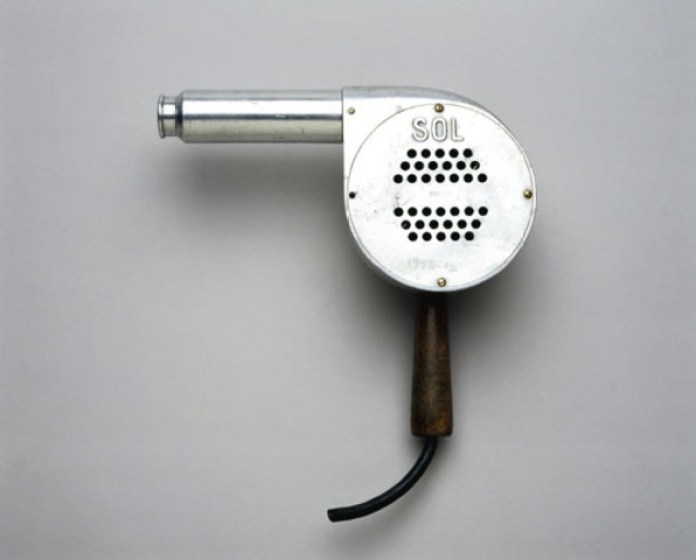It’s in the drawer of every family, every hotel and beauty salon.
We are talking about the hair dryer, the classic of the tools that we are used to have and maybe to buy a little impulse but have we ever stopped to think about its invention? Or how we would have done without drying our hair?
We are in the late nineteenth century, more precisely in 1888, when Alexandre Godefroy, French hairdresser, invented what was the first hair dryer, a large appliance connected to a gas stove.
Alexandre thought of a helmet to be applied to the wet head of his clients and then attached with a tube to the chimney of a gas stove. The case also had a valve to let out steam to prevent the customers’ heads from burning. It wasn’t portable, but it could do the job.
The first patent for the hair dryer was granted only in 1911, however, filed by an American Gabriel Kazanjian, the prototype consisted of a heating element powered by electricity and with a mechanical air flow, which was operated by hand. In practice, the customer sat under the helmet, while hot air was blown through her hair by means of a crank.
PORTABLE HAIR DRYER
If the first hairdryers were heavy and uncomfortable objects, in 1920 there is the turning point, portable hairdryers were designed and marketed the ones that come closest to our hairdryers. However, they were much heavier, being made of metal, they overheated and at the same time they were not very powerful in air emission (100 watts).
The real turning point is with the plastic hair dryer.
We arrived in the 50s, the hair dryer becomes very used by women and changes its design, its motor will be inserted inside the plastic casing, more comfortable and safe and with new controls to regulate speed and temperature. It was called Parlux.
In hairdressing salons, on the other hand, helmets were still used so that customers could read a magazine or chat. To recreate the experience in the salon, in the 60s the cap was introduced with a hose to be connected to the hairdryer, which was inside a portable box, so women could do other chores while drying.
The boom came in the 1970s, the hair dryer became a mass consumer product, used at home and especially in the salon, so much so that the U.S. Consumer Product Safety Commission set out guidelines for hair dryers to be considered safe.
The hair dryer gradually evolved in power, convenience and efficiency.
Another curiosity? Its name comes from the German Föhn, a warm wind and not from English. This became a source of inspiration for the company AEG (today’s Elettrolux) which registered the Fön brand.
Translated with www.DeepL.com/Translator (free version)
